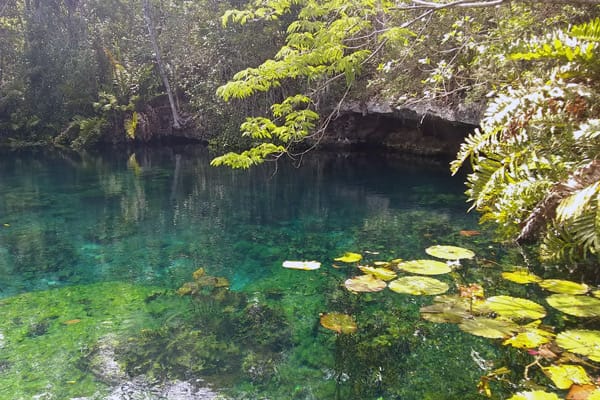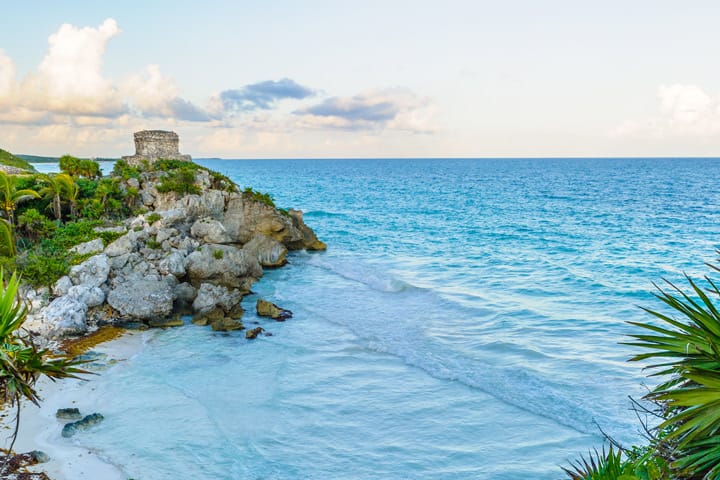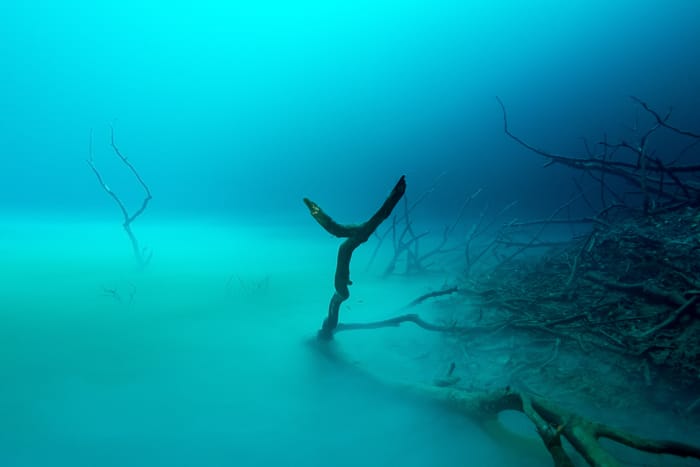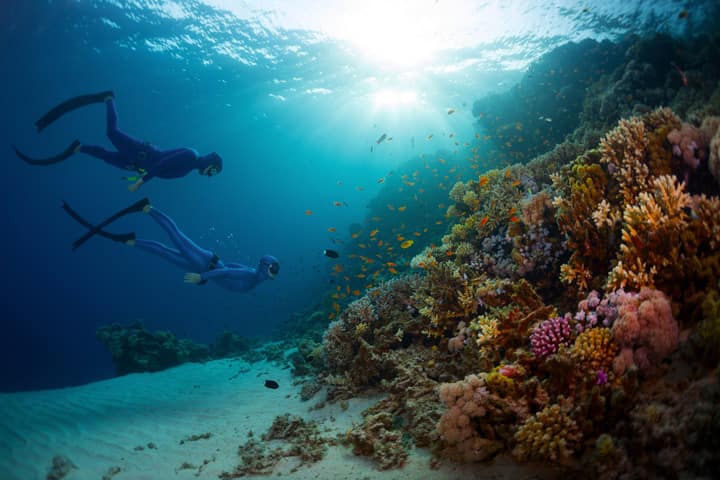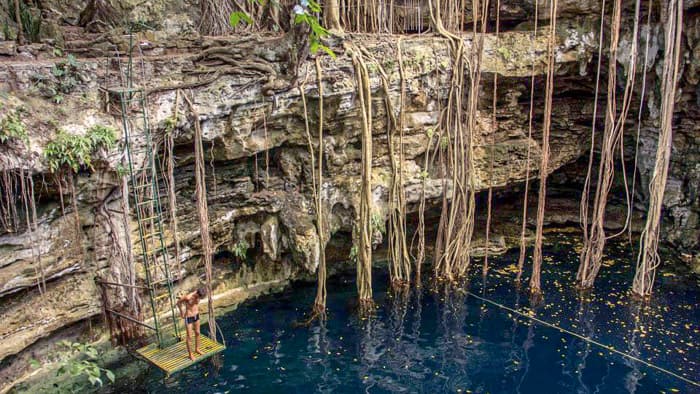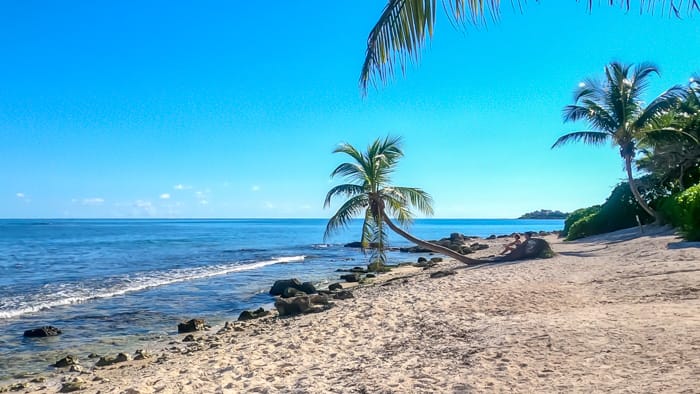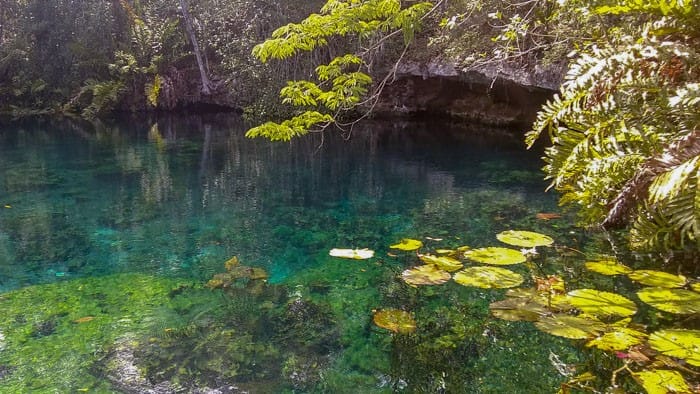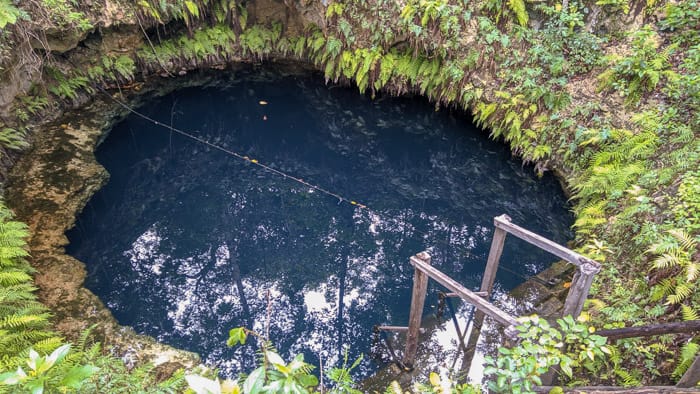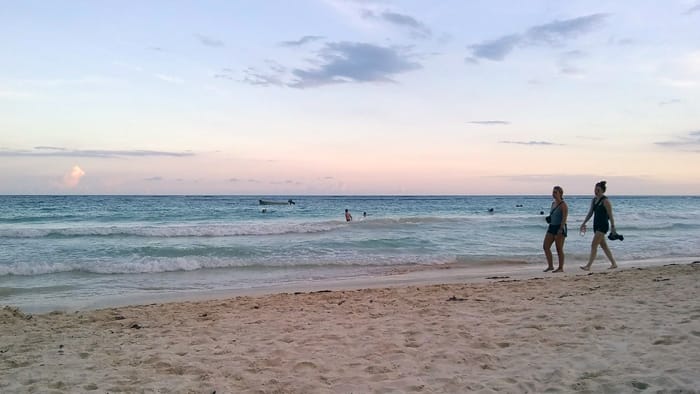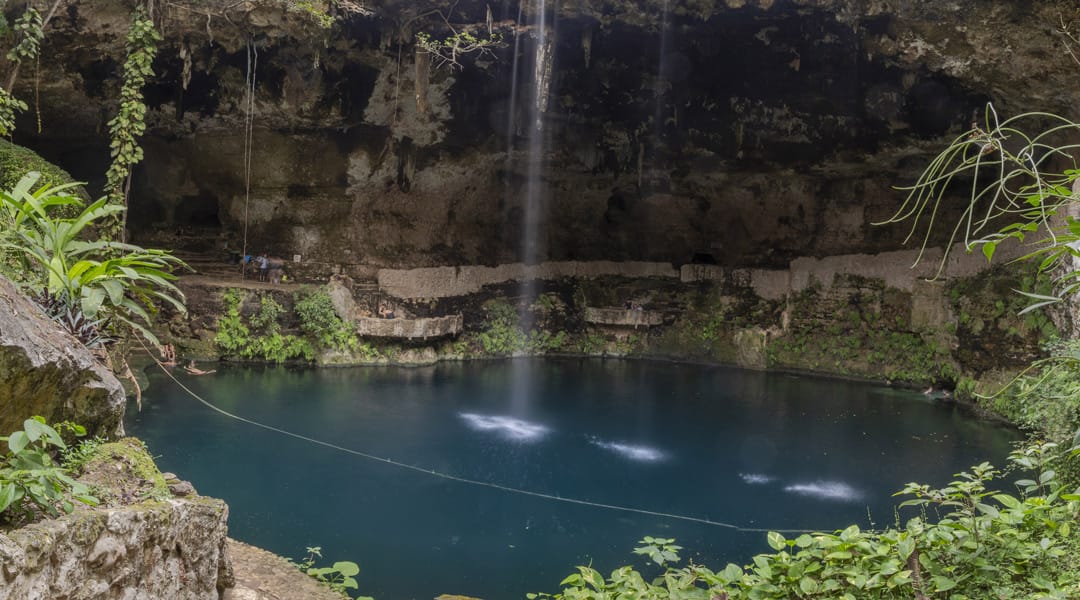cenotes
The entrances to the maya underground rivers
Through the millennia, these natural sinkholes in the limestone earth have remained the distinguishing feature of the peninsula. “Cenote” comes from a Maya word that means “well of water”. The ancient Maya believed these cenotes to be entrances to the underworld. Cenotes were important sites for prayer and sacrifice and necessary for survival too: even today, the rain filtering through the limestone into the flooded underground cave system is the only freshwater source in the Yucatan Peninsula.
